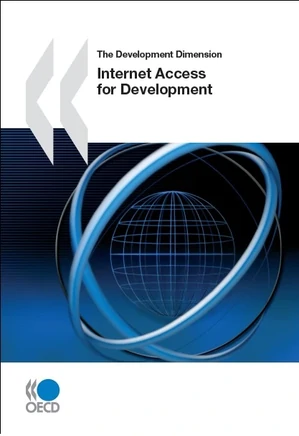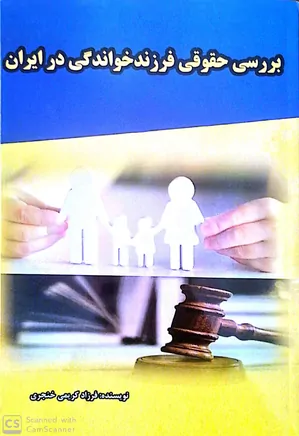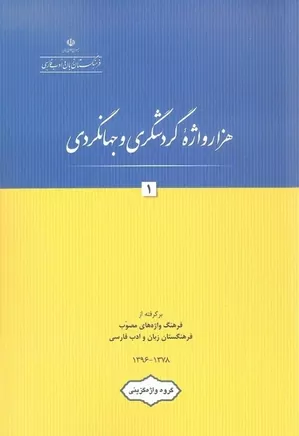Internet Access for Development
نویسنده:
Oecd
امتیاز دهید
The Internet, in little more than a decade following its
commercialisation, has been remarkably successful in developing greater
opportunities for communication access for the first billion users. The
challenge for all stakeholders is to expand the economic and social
opportunities made possible by the Internet for the next several billion users.
This report examines where these users will come from, as well as the large
shifts in communications policy which enable expansion to be a practical
possibility. It also considers how different government policies affect
Internet accessibility. The question of whether these policies – in OECD or
developing countries – are conducive to development and poverty reduction
is discussed as part of the OECD’s programme on policy coherence for
development.1
All indications are that the majority of the next several billion Internet
users, mainly from developing countries, will connect principally via
wireless networks. In some developing countries wireless subscribers
already outnumber those using fixed networks by more than 20 to 1. The
characteristics of these “new” Internet users will be vastly different from the
first billion. The majority of those now joining wireless networks, for
example, have incomes of less than USD 2 per day.
بیشتر
commercialisation, has been remarkably successful in developing greater
opportunities for communication access for the first billion users. The
challenge for all stakeholders is to expand the economic and social
opportunities made possible by the Internet for the next several billion users.
This report examines where these users will come from, as well as the large
shifts in communications policy which enable expansion to be a practical
possibility. It also considers how different government policies affect
Internet accessibility. The question of whether these policies – in OECD or
developing countries – are conducive to development and poverty reduction
is discussed as part of the OECD’s programme on policy coherence for
development.1
All indications are that the majority of the next several billion Internet
users, mainly from developing countries, will connect principally via
wireless networks. In some developing countries wireless subscribers
already outnumber those using fixed networks by more than 20 to 1. The
characteristics of these “new” Internet users will be vastly different from the
first billion. The majority of those now joining wireless networks, for
example, have incomes of less than USD 2 per day.






jpg-page1.webp)

دیدگاههای کتاب الکترونیکی Internet Access for Development